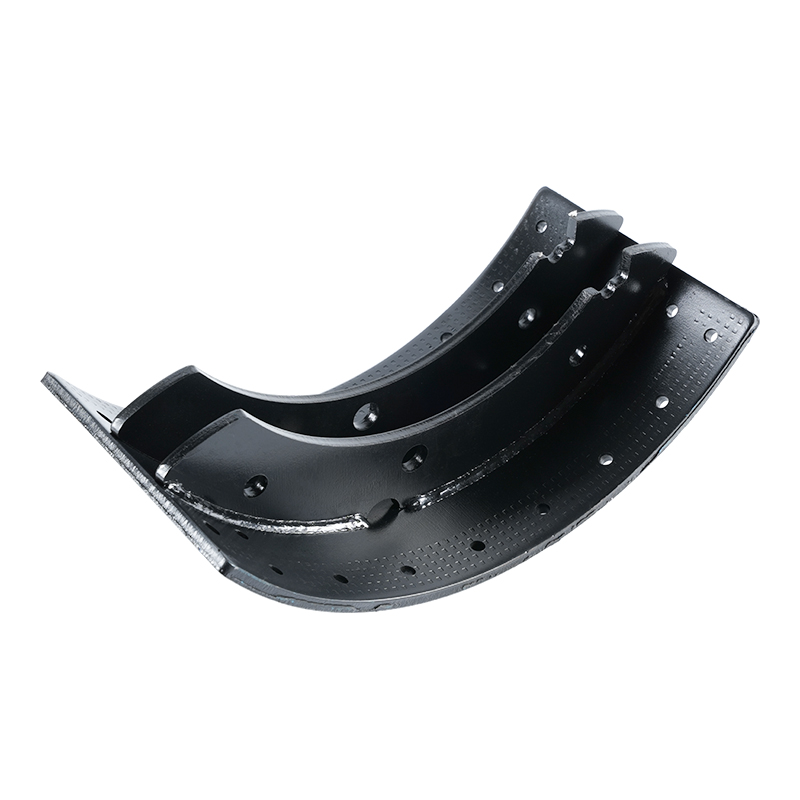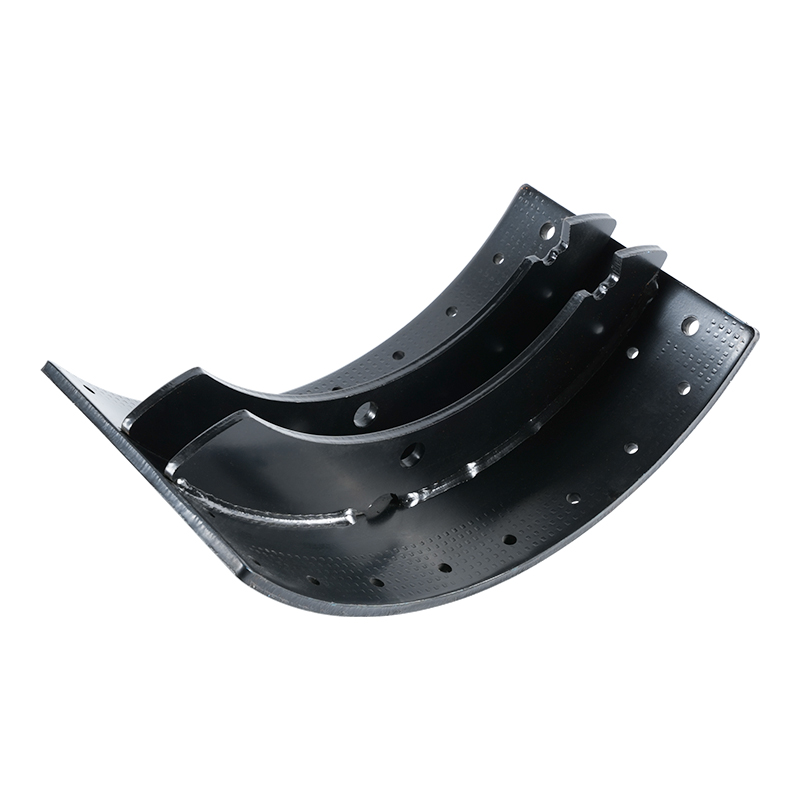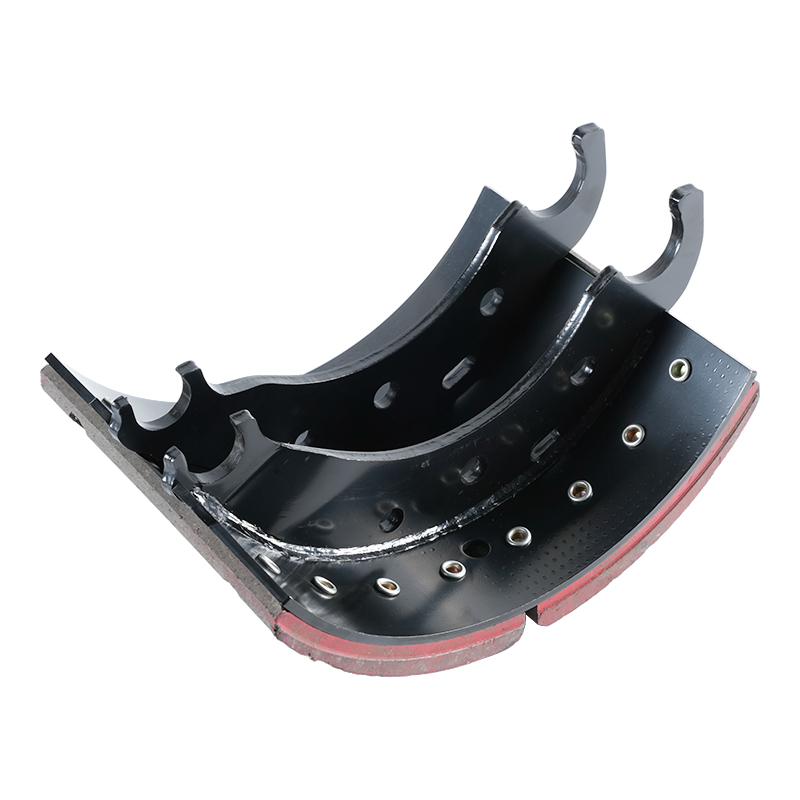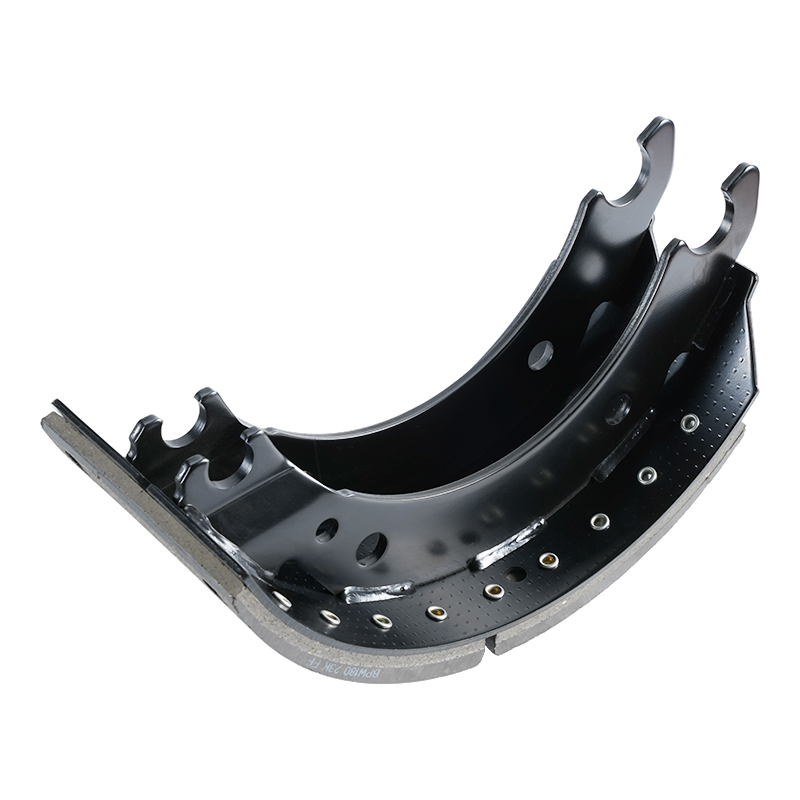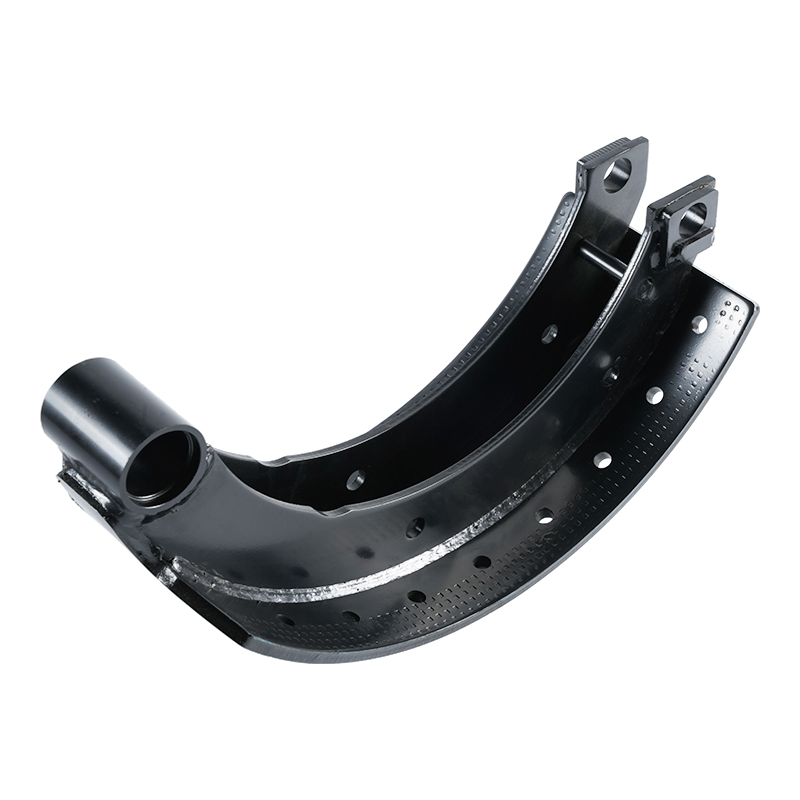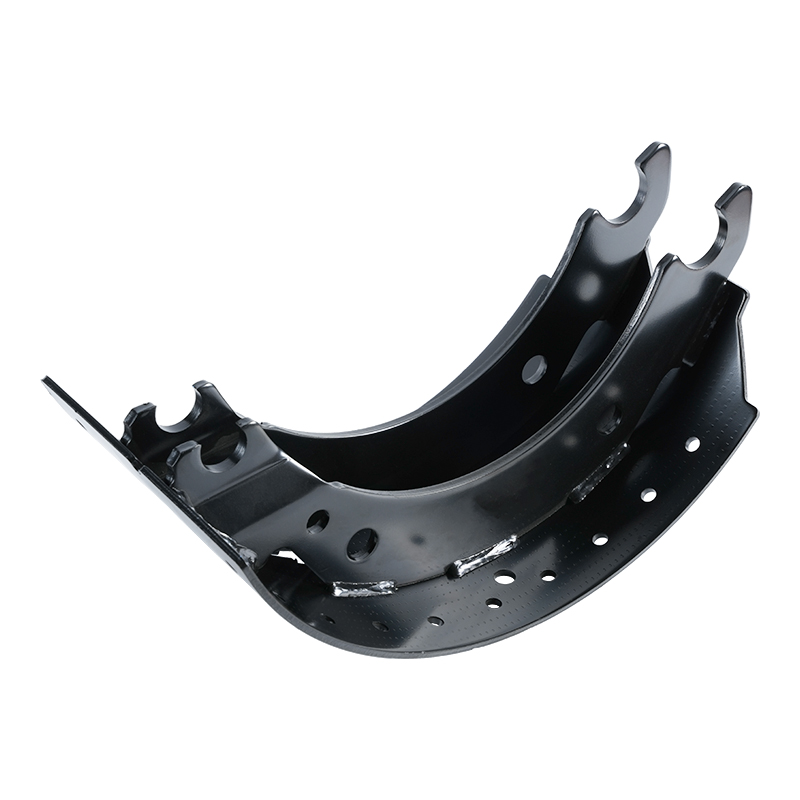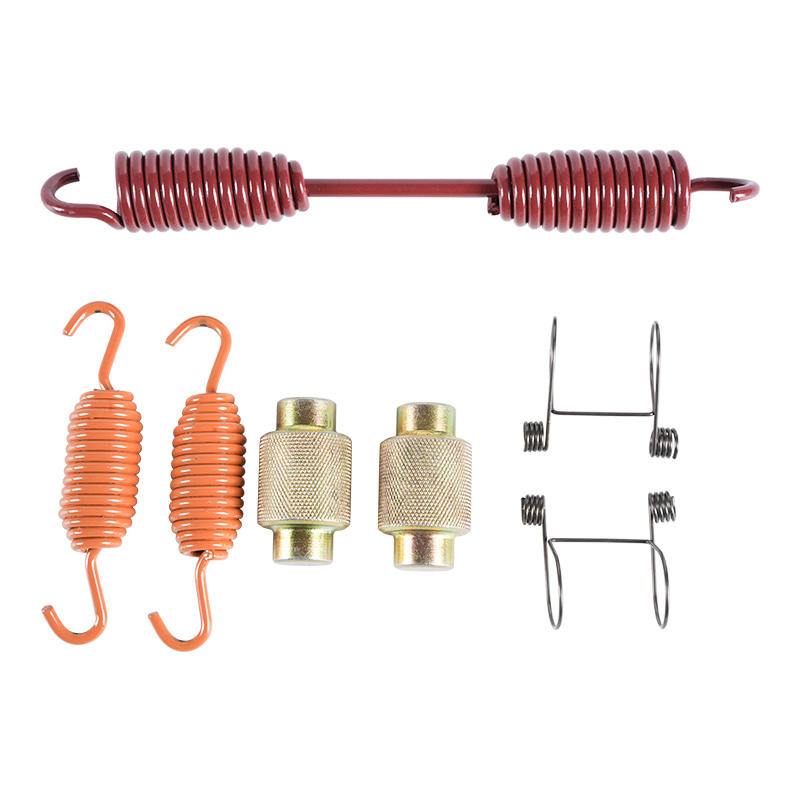The Role of Brake Lining Shoes in Heavy-Duty Vehicles: Performance, Durability, and Maintenance
 2024.12.25
2024.12.25
 Industry News
Industry News
Why Brake Lining Shoes Are Crucial for Heavy-Duty Vehicles
Heavy-duty vehicles face significantly more stress on their braking systems than passenger cars. They need to be able to stop effectively under high loads, often carrying large cargoes, and traveling at higher speeds for extended periods. The braking system, particularly the brake lining shoes, must be robust enough to handle this increased demand.
Higher Braking Forces: Heavy-duty vehicles require more powerful braking forces to slow down and stop. Brake lining shoes in these vehicles are designed to provide greater friction and thermal resistance, ensuring that the brakes perform efficiently even under high loads.
Durability Under Extreme Conditions: Heavy-duty vehicles often operate in harsh conditions, such as mountainous terrain or urban environments with frequent stop-and-go traffic. This requires brake lining shoes to withstand constant friction, heat, and wear. Therefore, these shoes are often made from semi-metallic or heavy-duty composite materials to ensure long-lasting performance.
Heat Dissipation: The higher braking forces in heavy-duty vehicles generate significant heat. Brake lining shoes in these vehicles must dissipate heat effectively to prevent brake fade and maintain consistent braking power.
Performance Characteristics of Heavy-Duty Brake Lining Shoes
When selecting brake lining shoes for heavy-duty vehicles, several performance characteristics must be considered to ensure safety and longevity:
High Friction Coefficients: Brake lining shoes in heavy-duty applications must provide high friction to create effective braking force. The friction material must be durable enough to handle prolonged exposure to high temperatures without degrading.
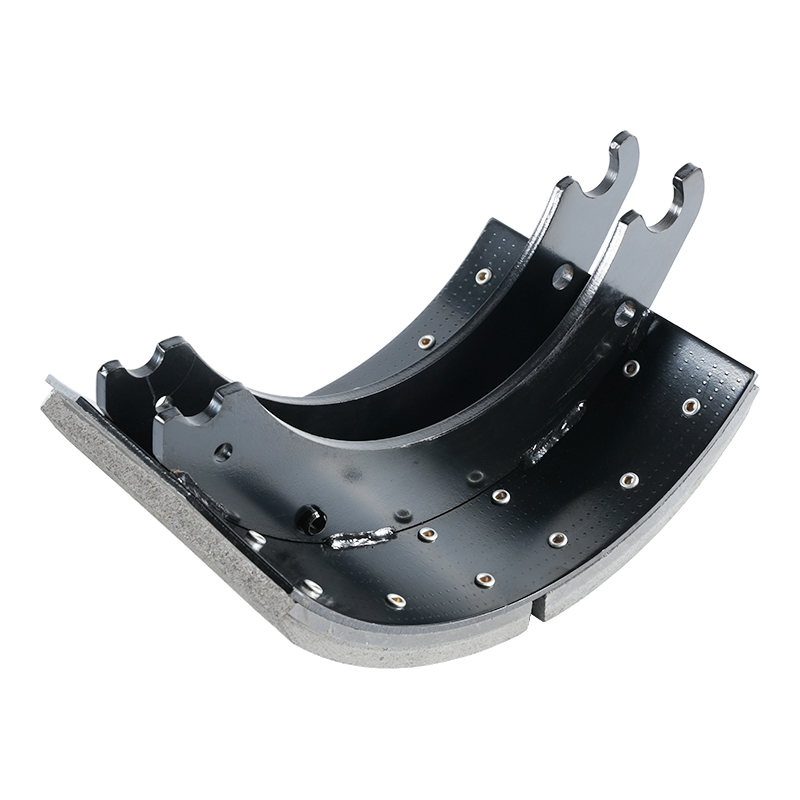
Thermal Stability: Heat is generated in abundance during braking, and brake lining shoes must maintain their performance at elevated temperatures. High-quality materials such as carbon composites, ceramics, and semi-metallic compounds are designed to withstand these extreme conditions.
Shock Resistance: In heavy-duty vehicles, brake lining shoes also need to be resistant to shock loads, especially when driving over rough terrain or carrying heavy, uneven loads. Stronger materials and advanced manufacturing processes ensure that the shoes can resist damage from these forces.
Maintenance and Replacement of Brake Lining Shoes in Heavy-Duty Vehicles
Proper maintenance is essential to keep the braking system of heavy-duty vehicles in top working condition. Regular inspection of brake lining shoes should be part of the routine maintenance schedule.
Regular Inspections: Brake lining shoes should be inspected regularly, especially in heavy-duty vehicles that are used in demanding conditions. Checking for wear and tear, cracks, or damage ensures that the vehicle’s braking system will perform safely.
Replacement Timelines: Brake shoes should be replaced when the friction material has worn down to a specified thickness (typically 2-3mm). For heavy-duty vehicles, this replacement may be needed more frequently due to the increased strain on the braking system.
Brake Adjustment: Regular adjustment of the brake shoes ensures that the correct gap is maintained between the shoes and the brake drum. This helps optimize braking efficiency and prevent premature wear.

 Eng
Eng  中文简体
中文简体
